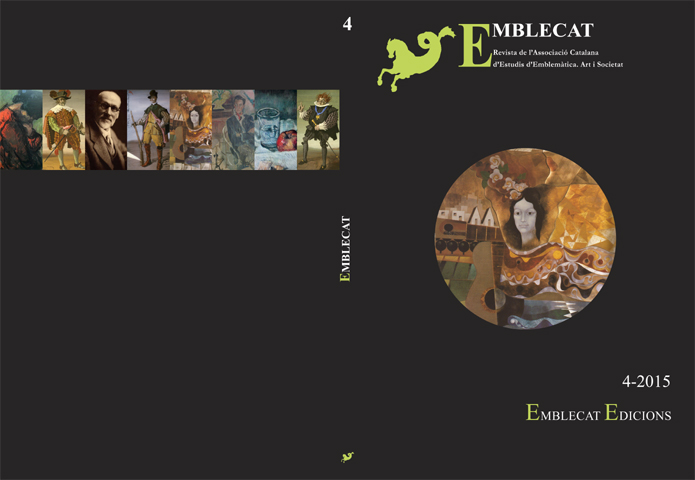Settanta Panini a Roma (1985), by Harald v Uccello
An approach to Cesare Pavese’s work through a cinematographic itinerary
Keywords:
muntatge, memòria, lloc, temps, montaje, memoria, lugar, tiempo, montage, memory, site, timeAbstract
This article analyses the film Settanta Panini a Rome (1985), by the Austrian director Harald v Uccello, and investigates the relations posed by the film with the thought of the Italian writer Cesare Pavese, through the scenes, the composition of the images and the construction of a route. The analysis studies different aspects of the fact of creating, aswell as the author, the generation of the thinking and the interpretation of the landscape. The article puts some thoughts of Pavese into dialogue with the scenes of the film, as well as exploring the idea of the path in the works of both authors.
Downloads
References
Agamben, G. (1998), Image et mémoire, París, Hoëbeke.
Barthes, R. (1999), Mitologías (trad. Hector Schmucler), Mèxic i Madrid, Siglo XXI editores.
Barthes, R. (2009), La Cámara Lúcida (pròleg de Joaquim Sala-Sanahuja), Barcelona, Paidós.
Castelli, E. (1972), El mundo mítico de Cesare Pavese, Buenos Aires, Pleamar.
Deleuze, G. (DL1985), La Imagen-tiempo, estudios sobre cine 1 (trad. Irene Agoff), Barcelona, Paidós.
Didi-Huberman, G. (2000), Devant le temps. Histoire de l’art et anachronisme des images, París, Editions de Minuit.
Didi-Huberman, G. (2013), La imagen mariposa (trad. Juan José Lahuerta), Barcelona, Mudito & Co. Foucault, M. (1979), La arqueología del saber, México, Siglo XXI editores.
Krauss, R. (1997), El Inconsciente óptico (trad. J. Miguel Esteban Cloquell), Madrid, Tecnos.
Latour, B. (2007), Nunca fuimos modernos, ensayo de antropología simétrica, Buenos Aires, Siglo XXI.
Margulies, I. (2008), «Nothing happens. Time for Everyday in postwar Realist Cinema», Stephen Johnstone (ed.), The Everyday, London, Whitechapel, Cambridge, MIT, p. 126-130.
Pavese, C. (1971), L’ofici de viure, Barcelona, Anagrama.
Rancière, J. (2004), The politics of aesthetics, the distribution of the sensible (trad. Gabriel Rockhill i epíleg de Slavoj Zizek), Londres i Nova York, Continuum.
Valle Morán, I. (2011) «Il confino di polizia de Cesare Pavese», Cuadernos de Filología Italiana 361, 2011, Volum Extraordinari, p. 355-367.
Baudrillard, J. (1972), The Political Economy of the Sign. Mark Poster (ed.), Selected Writings, http://www.humanities.uci.edu/mposter/books/Baudrillard,%20Jean%20-%20Selected%20Writings_ok.pdf , 17-11-2013.
Pavese, C. (1935), Carta a la seva germana Maria. http://salvatoreloleggio.blogspot.com.es/2013/06/dal-confino-di-brancaleone-cesare.html , 23-11-2013.
Uccello, Harald v. (director) (1985), Settanta Panini a Roma (Pel·lícula), Torino: HVU.





